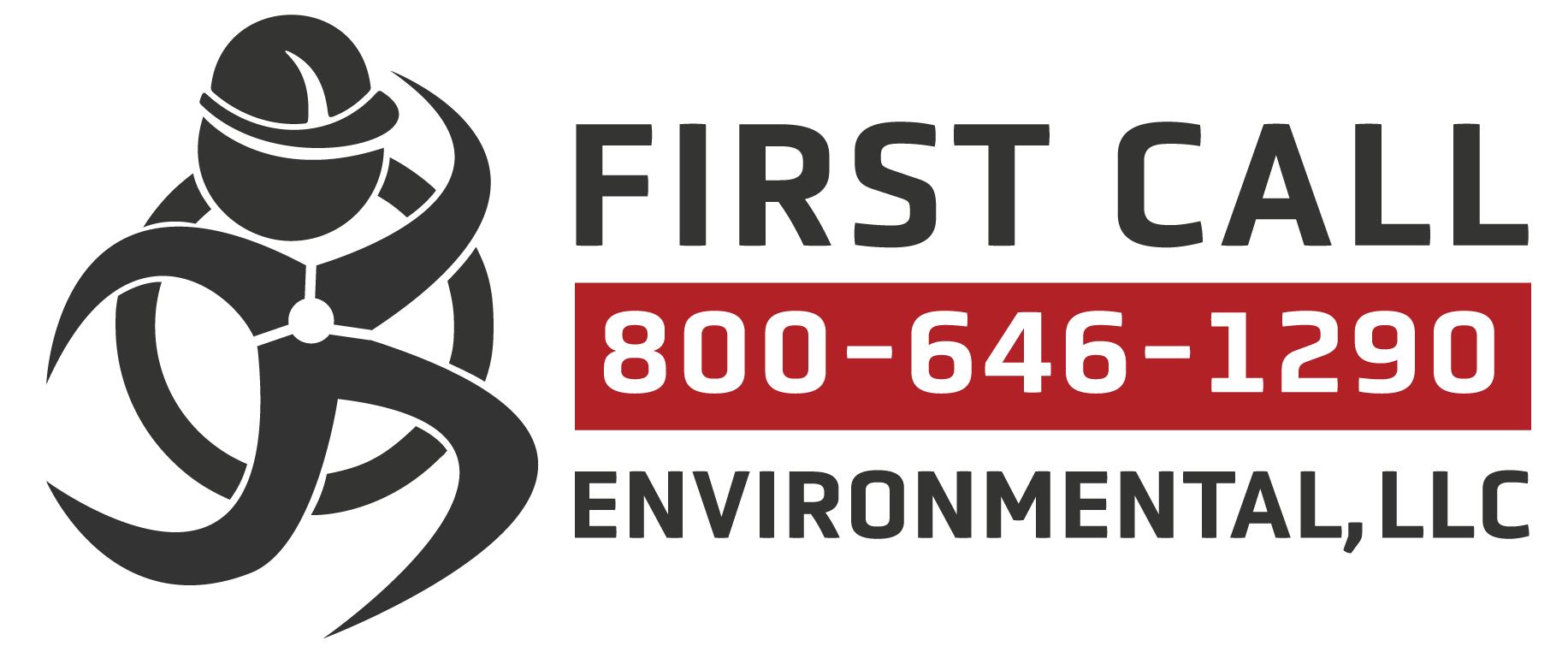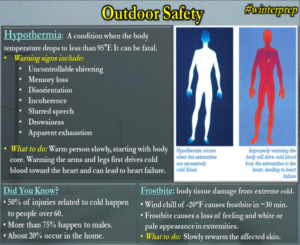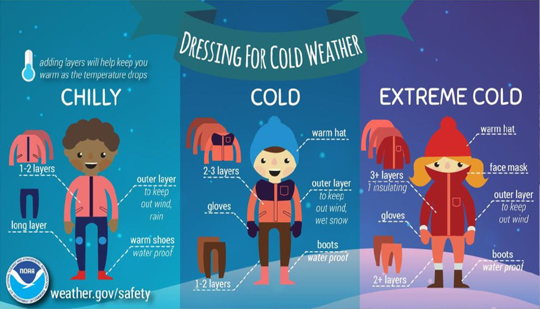Safety Tips to Prevent Winter-Related Workplace Accidents
A strong safety culture extends to all seasons, even in the winter when cold weather conditions can play havoc on your employees. This time of year, cold stress that can result in hypothermia or frostbite is a hazard of which employers must be aware, particularly if they have outdoor workers. With the right preparation and presence of mind, both employers and employees can prevent these injuries.
Slips, Trips and Falls
Slips, trips and falls happen year-round, of course, but winter ice and snow create a more hazardous environment that increases the risk of work place injuries. For employers, an active effort needs to be made to prevent snow or ice build-up on walkways, sidewalks, and steps. Parking areas and outside break areas are often the most commonly overlooked. The parking lot needs to be addressed as many winter falls occur when someone is getting in or out of the car or walking toward a cleared sidewalk. This oversight creates more potential hazards. In other words, there needs to be eyes on the parking areas, outside break areas and walkways at all times.
Here are six simple tips to avoid slips, trips and falls during the winter season:
- Keep walkways, stairways and other work areas clear.
- Remove hazards, such as water on floors and snow on sidewalks, immediately.
- When walking, look where you are going and have your hands ready to steady yourself should you slip.
- Avoid carrying heavy loads that may compromise your balance.
- Mark hazardous areas. Use temporary signs, cones, barricades or floor stands to warn passing workers.
- Outside, wear footwear with heavy treads for increased traction. Walk along grassy areas if a walkway is covered in ice. Make yourself visible to drivers by wearing brightly colored jacket or clothes.
Frostbite and hypothermia are the consequences of cold exposure, and both can have long-lasting effects. If you suspect either condition, call for help.
Know the signs of hypothermia and frostbite:
Hypothermia
- Shivering or shaking
- Lack of coordination
- Drowsiness or confusion
- Slurred speech
Frostbite
- Skin that is very cold and turns numb, hard and pale
- Blisters or swelling
- Joint or muscle stiffness
Keep the affected body part elevated in order to reduce swelling, and move the person to a warm area to prevent further heat loss. Remove all wet clothing and apply a dry, sterile bandage to the affected area or place cotton between any involved fingers or toes. Seek proper medical care as soon as possible.
Getting Ready for Winter Work
Working outside in the winter can be a dirty job, but many of us have to do it. Are you ready for winter work?
Here are some reminders about dressing for the weather and staying strong, healthy and safe:
- Wear the right gloves for the work you are doing. Gloves should have enough insulation to keep you warm and prevent frostbite, but be thin enough so you can feel what you are doing if you are manipulating controls or tools. Gloves which are too thick can also make your hands and wrists work too hard trying to hold on to objects, causing repetitive strain injury. Have more than one pair in case they get wet from sweat or snow.
- Dress in layers of light-weight clothing which keep you warmer than a single layer of heavy clothes. Remove layers as necessary to prevent overheating and perspiring which can lead to chills or hypothermia later. Remember that wet clothing is 20 times less warm than dry clothing. Wear a hat and you’ll stay much warmer when working in cold conditions. As much as half your body heat can go up in steam off the top of a bare head. Protect your ears from frostbite as well by wearing a hat that will cover your ears, or use ear muffs. Have extra shirts and socks in case you need them.
- Keep your safety eyewear from fogging up in the cold. Investigate anti-fog coatings and wipes to see if these products are appropriate for your eyewear. If you have to keep taking off your safety eyewear because it fogs up, it isn’t protecting you.
- Look at the soles of your winter footwear. Your shoes or boots should have adequate tread to prevent slips and falls on wet or icy surfaces. For extremely slippery situations, you can attach clogs or cleats to your footwear. Slow down when walking across slippery surfaces and be especially careful on ladders, platforms and stairways.
- Eat winter-weight meals. This does not mean a high fat diet, but one with enough calories and nutrients to give you the fuel you need. Start with a breakfast of whole grain cereal and toast.
- Get plenty of rest. Working in the cold and even traveling to and from work in the winter takes lots of energy. Cold weather can strain your heart, even if you aren’t overexerting yourself, so be sure to pace yourself when lifting heavy objects or shoveling snow.
- Winterize your vehicle: Check all systems including, fluids, brakes, tire pressure and tread. Make sure all lights and safety equipment are functioning properly. Keep your gas tank full.
- Keep an emergency kit in your vehicle, including water, food, and blankets. You never know when you may get stranded, or stuck in a multi-car traffic incident. A flashlight and spare phone charger could come in handy too.
- Remove snow and ice from windshield, lights, and body of car before driving. This will allow you better visibility, and prevents blocks of packed snow from flying off your vehicle and hitting another behind you.
- Slow down, back up, and don’t use your cruise control. With slick icy roads, brakes don’t work as you’re used to, so slower speeds and safer distances between you and the vehicles in front of you allow for more stopping time when it counts. Instead of using cruise control, you should take control of your own acceleration.
- Take extra care on bridges and ramps, as ice can develop there even when the roads are clear.




